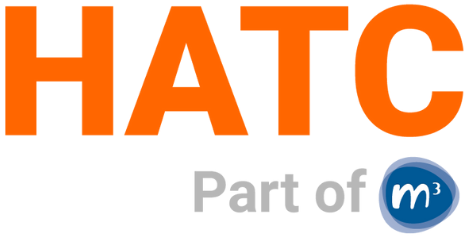I thought it might be helpful if I outlined the benefits of using a standard Method. The following isn’t just my own personal opinion, it is what is taught under the Association for Project Management’s (APM) syllabus for their Project Management Qualification, and internationally recognised professional qualification. As I expect you know, the APM is the Chartered body for project management in the UK.
Projects and programmes clearly need to be well governed by the host organisation, particularly Development/Regeneration projects which can be large enough that – if poorly managed – they can jeopardise the solvency of the entire organisation. What are the benefits of good governance? They can be described as:
Clear link to strategic direction:
Governance will ensure that the portfolio is aligned to the strategic direction of the organisation. Similarly, at project and programme level governance will ensure that these change initiatives are aligned to the organisation’s strategic direction whether part of a portfolio or not.
Clear ownership and leadership:
Governance ensures that each change initiative has a suitable governance board, sponsor and project manager and that all members understand their responsibilities for accountability and decision making. A RACI matrix is used in this area.
Effective stakeholder engagement
A key part of governance is ensuring that stakeholders are engaged in the change initiative at an appropriate level. Those with accountability for the initiative should ensure that stakeholder analysis and engagement activities are performed appropriately.
Proven project and risk management
All governance systems will include risk and issue management. This ensures that these important matters are not overlooked and managed properly will help to ensure project success.
Clear understanding of, and links to, suppliers
Procurement activities involving external supplier must be managed in such a way that they are open, fair and above board in all respects. Governance will ensure this happens and can be demonstrated to anyone who needs or has a right to know.
Consideration of long-term value rather than short term gains
Change initiatives be they projects, or programmes must be aligned to the strategic aims and objectives and governance ensures that those involved look at the long-term value as well as the short-term gains which may be made. This provides a balanced approach to investment in the initiative.
Use of a standard Method by those responsible for project management improves governance in the following ways:
Consistency of using a good-practice approach – rather than having individuals manage their projects in their own (individualistic) way which may or may not reflect good practice, use of a Method will improve the consistency of the application of good-practice approaches and activities. In other words, projects are managed more effectively resulting in them completing closer to the budget, nearer to the predicted date and to a standard closer to the stakeholders expectations.
Common understanding – using a Method means terminology, processes and interactions are standardised, leading to clear understanding by project team members of what is going on, as the projects are being delivered. Better understanding means fewer misunderstandings, resulting in smoother project delivery and less re-work (taking two steps forward and one step back).
Can be audited – Having processes and procedures in place which support governance can be audited. Audits are independent and as a result the senior management team gain assurance, or confidence, that the initiative is being managed correctly. Where problems are highlighted senior management have the opportunity to instigate corrective action. Audits also provides the opportunity to highlight areas where the governance regime can be improved.
Creates an environment for continuous improvement – as experience grows, users may be able to identify ways in which the standard process or standard procedure can be improved. Without a Method in place, individuals may then apply the improvements on their own projects, meaning other projects may not benefit. With a Method in place, the relevant part of the Method can be updated (i.e. improved) ensuring that all projects in the programme benefit from the improvement.
Demonstrates the maturity of an organisation – developing project-based maturity is about understanding current capabilities, processes and behaviours and identifying a structured path to increase the efficiency, effectiveness and predictability of success. Project maturity models are based on the Capability Maturity Model (CMM) originally developed at Carnegie Mellon University for measuring supplier capability, and consist of five levels:
Level 1: Initial – the deployment of capability is ad hoc and occasionally chaotic. Few processes are defined and success depends on individual effort and heroics.
Level 2: Repeatable – basic processes are established and the necessary discipline is in place to repeat earlier successes.
Level 3: Defined – processes are documented in standardised stop all projects use an approved, tailored version of the documented process.
Level 4: Managed – metrics are gathered on process performance and used to control future performance.
Level 5: Optimising: continuous process improvement is enabled by quantitative feedback from the process and from piloting innovative ideas and technologies.
DevProMM would take you to Level 2+, and if your staff were trained in project management, and so planned their projects appropriately, you would get to Level 3.
